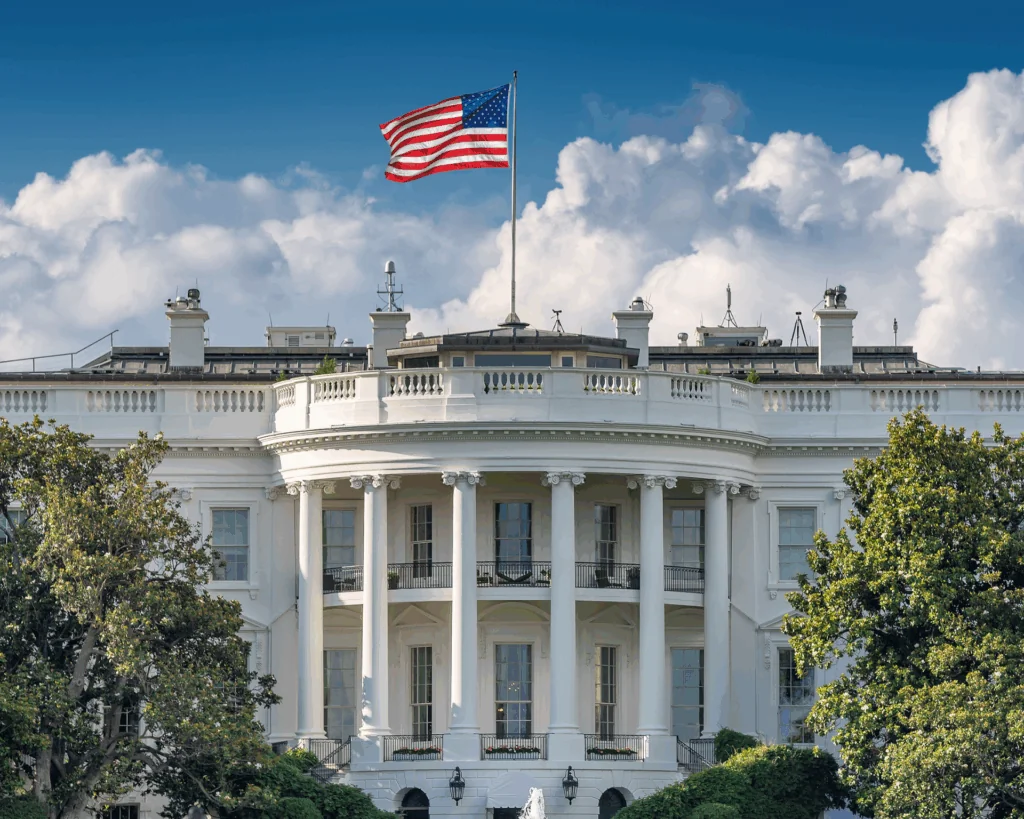Gender Matters in ‘Revenge Porn’ Behaviors and Punishments
Perceptions of what constitutes revenge porn and who distributes the images without the owner's consent may lead to different reporting and possible legal outcomes for offenders.

Read Time: 3 minutes
Published:
In 2019, the widely publicized leaks of hacked photos from former Representative Katie Hill and other high-profile women brought renewed attention to the non-consensual distribution of intimate images, known colloquially as revenge porn. Most well-known cases revolve around a man who posts a woman’s intimate photos online, without her consent, in order to humiliate or punish her in the aftermath of a breakup. Experiencing revenge porn is linked to serious health issues, including increased rates of depression, alcohol and drug addiction, suicidal ideation, and low self-esteem and confidence.
Prior to these leaks, only a handful of states provided legal protections against revenge porn—and those protections existed only in the civil system. But, in the last few years, every state but two has shifted their revenge porn statutes to the criminal system. This has expanded the jurisdiction of police to act on reports of ‘revenge porn’ and created a new path for victims to achieve justice.
In light of these changes, we surveyed over 700 college students to see if their experience with revenge porn (either as a victim or perpetrator) matched with these new legal protections.
We found that, contrary to popular belief, men are not the only perpetrators of revenge porn. Sixty-eight percent of those who reported committing revenge porn acts were women. (This high rate could be because our sample was mostly composed of women.) But we found that women’s revenge porn behaviors are notably different.
Despite the expansion of legal remedies for revenge porn victims, perceptions of what constitutes revenge porn may lead to different reporting and potential legal outcomes for offenders.
The women who were sharing others’ images without consent were most often sharing unsolicited images they received from men and they were sharing these photos directly with their friends to identify and talk about men engaging in this form of sexual harassment. Many respondents reported sharing photos by text message or displaying a photo on a device to another person. While these behaviors are not traditionally considered revenge porn, they do constitute a form of non-consensual image sharing.
We also asked college students about fictional scenarios. We described a couple that started dating while they were students. Shortly after breaking up, one of them shared private images of the other without consent. We switched up the gender of the perpetrator and the victim to see if students would react differently when images were sent by a woman. We found that when women were the perpetrators and men were the victims, our participants were less likely to label the image sharing as revenge porn. They were also less likely to recommend that the victim file a report to the police. Without a police report, victims cannot seek justice from the legal system.
This finding suggests that, despite the expansion of legal remedies for revenge porn victims, perceptions of what constitutes revenge porn may lead to different reporting and potential legal outcomes for offenders. Men who are victims of revenge porn may get less support from the criminal justice system if they don’t recognize that non-consensual image sharing is revenge porn and if they are not encouraged by their peers to file a police report.
Photo via Getty Images




